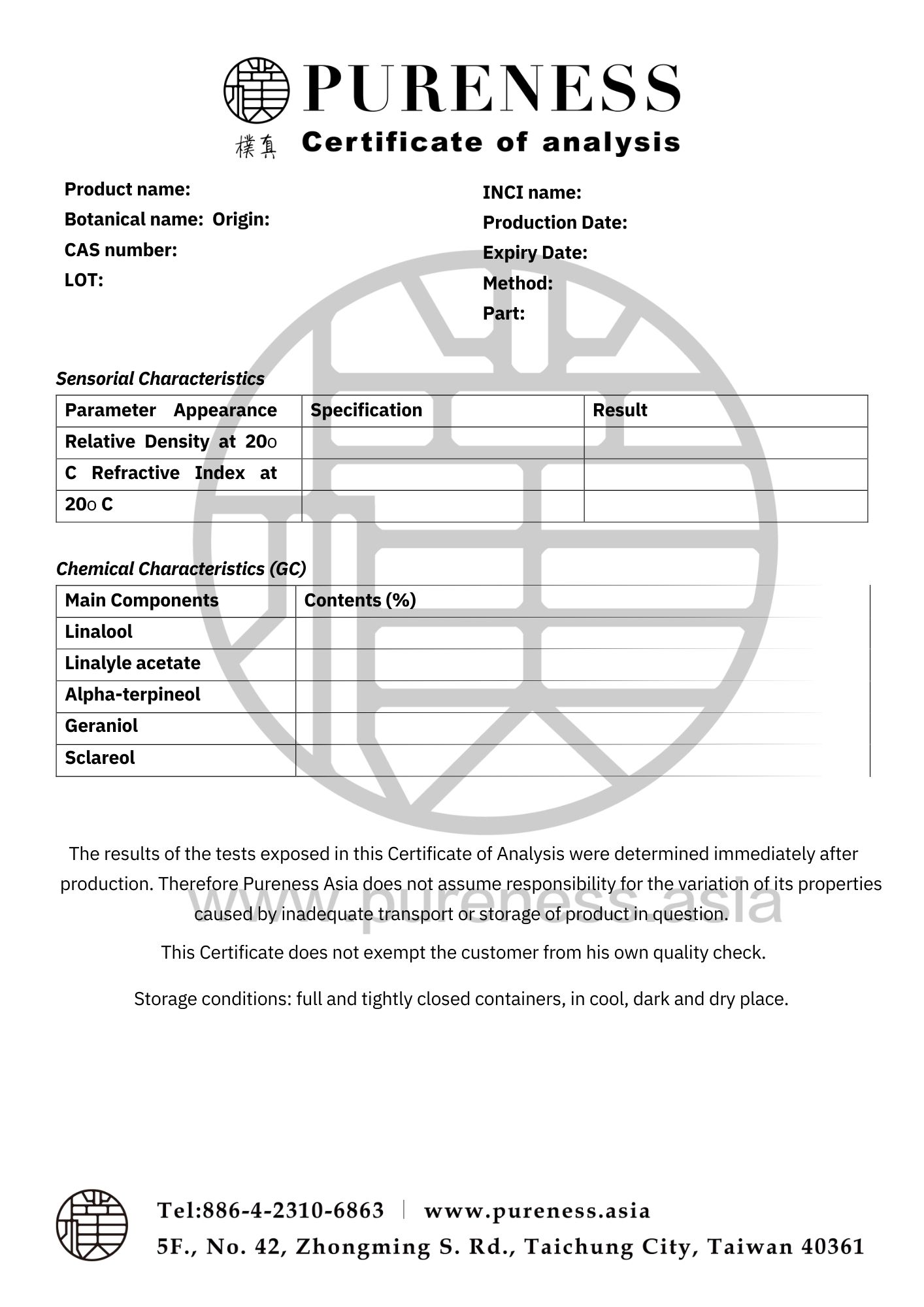
Ginger
Scientific name|Zingiber officinale
Origin|Sri Lanka
Classification|Root series
Specifications|500g-25kg Please contact sales for details
Extraction part|Rhizome
Extraction method|Distillation
Plant family|Zingiberaceae
Aroma|Spicy, warm scent with rich earthy undertones
▎Essential Oil Introduction
Ginger is a perennial herbaceous plant with yellow-green flowers and an aromatic rhizome. Its fresh or dried rhizome is widely used as a seasoning, serving as an indispensable cornerstone in Asian cuisine. Signature dishes like ginger duck, three-cup chicken (San Bei Ji), and curry exemplify its vital role.
Processed ginger is also used as a traditional Chinese medicine ingredient. It is known to support gastrointestinal comfort, warm the body, alleviate cold hands and feet, and ward off cold. In winter, ginger becomes a household staple, frequently brewed into herbal teas. Ginger juice is also incorporated into sweet treats like gingerbread houses, candied ginger, ginger milk, and ginger tea.
Ginger has its origins in Asia and boasts a long-standing history. In China, it is considered an energizing herb associated with longevity. It was one of the earliest spices introduced from Asia to Europe. Today, its cultivation has expanded to regions such as India, Southeast Asia, West Africa, and the Caribbean, where it has influenced diverse culinary traditions. Beverages like ginger beer, ginger ale, and ginger lemonade highlight its popularity and cultural significance across the globe.
Ginger essential oil is primarily extracted through distillation from its rhizome tissue.
▎Component Analysis
|Main Component: Sesquiterpenes
The primary component is zingiberene, along with β-bisabolene, phellandrene, 1,8-cineole, and citral.
|Raw Material Certifications
To obtain relevant certification information, please contact us on WhatsApp.





